On allowing current to flow in a fuse bulb, the bulb does not glow because -
filament breaks.
filament is bad conductor of current
filament is good conductor of electric current
None of these.
To solve the question of why a fuse bulb does not glow when current is allowed to flow, let's break it down step by step:
Step 1: Understanding the Components of a Fuse Bulb
A fuse bulb consists of a glass enclosure, a filament inside, and two terminals that connect to a power source. The filament is the part that glows when electricity passes through it.
Step 2: The Role of the Filament
The filament is designed to conduct electricity. When current flows through it, the resistance of the filament causes it to heat up and emit light, making the bulb glow.
Step 3: Analyzing the Problem
If the bulb does not glow when current is allowed to flow, we need to consider the possible reasons. The options provided are:
1. Filament breaks
2. Filament is a bad conductor of current
3. Filament is a good conductor of electric current
4. None of these
Step 4: Evaluating the Options
- Option 1: Filament breaks - If the filament breaks, it creates an open circuit. In an open circuit, no current can flow, and thus the bulb will not glow.
- Option 2: Filament is a bad conductor of current - If the filament were a bad conductor, it would not allow sufficient current to flow, but this is not typically the case for a functioning filament.
- Option 3: Filament is a good conductor of electric current - If the filament is a good conductor, it should glow when current flows through it.
- Option 4: None of these - This option does not provide a valid reason for the bulb not glowing.
Step 5: Conclusion
The most logical explanation for the bulb not glowing when current flows is that the filament has broken, leading to an open circuit. Therefore, the correct answer is Option 1: Filament breaks.
Final Answer
On allowing current to flow in a fuse bulb, the bulb does not glow because the filament breaks.
---
A fuse bulb consists of a glass enclosure, a filament inside, and two terminals that connect to a power source. The filament is the part that glows when electricity passes through it.
The filament is designed to conduct electricity. When current flows through it, the resistance of the filament causes it to heat up and emit light, making the bulb glow.
If the bulb does not glow when current is allowed to flow, we need to consider the possible reasons. The options provided are:
1. Filament breaks
2. Filament is a bad conductor of current
3. Filament is a good conductor of electric current
4. None of these
- Option 1: Filament breaks - If the filament breaks, it creates an open circuit. In an open circuit, no current can flow, and thus the bulb will not glow.
- Option 2: Filament is a bad conductor of current - If the filament were a bad conductor, it would not allow sufficient current to flow, but this is not typically the case for a functioning filament.
- Option 3: Filament is a good conductor of electric current - If the filament is a good conductor, it should glow when current flows through it.
- Option 4: None of these - This option does not provide a valid reason for the bulb not glowing.
The most logical explanation for the bulb not glowing when current flows is that the filament has broken, leading to an open circuit. Therefore, the correct answer is Option 1: Filament breaks.
On allowing current to flow in a fuse bulb, the bulb does not glow because the filament breaks.
Topper's Solved these Questions
Similar Questions
Knowledge Check
In an attempt to demonstrate electrical conductivity through an electrolyte, the apparatus set up is given. Which among the following statement (s) is (are) correct ?
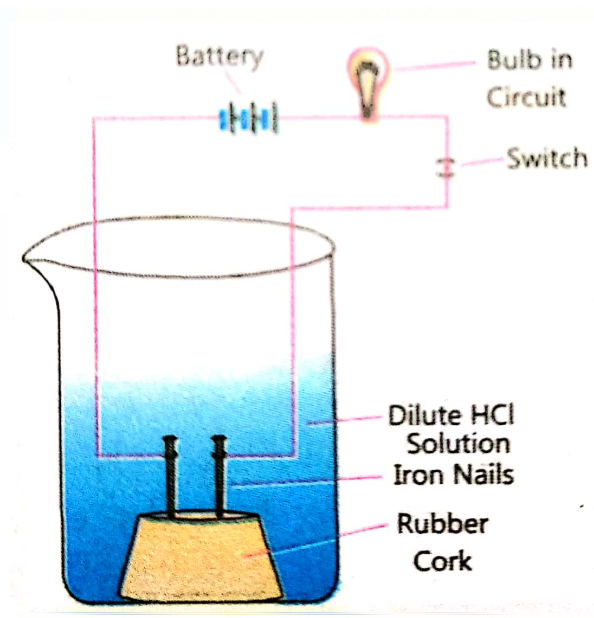
(i) Bulb will not glow because electrolyte is not acidic
(ii) Bulb will glow because HCl is strong acid and furnishes ions for conduction.
(iii) Bulb will not glow because circuit is incomplete
(iv) Bulb will not glow because it depends upon the type of electrolytic solutionA(i) and (iii)B(ii) and (iv)C(ii) onlyD(iv) onlyIn which of the following seups would the bulb glow ?
 A(I) and (II)B(I) and (IV)C(II), (III) and (lV)D(I), (II) and (IV)
A(I) and (II)B(I) and (IV)C(II), (III) and (lV)D(I), (II) and (IV)In which case does the bulb glow ?
A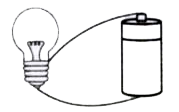 B
B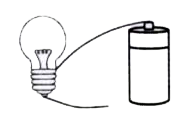 C
C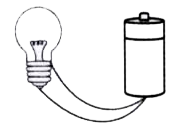 D
D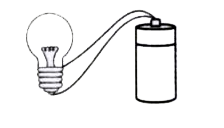
_____ flowing in the filament of an electric bulb makes it glow .
View SolutionIn which of the following setups would the bulb glow?
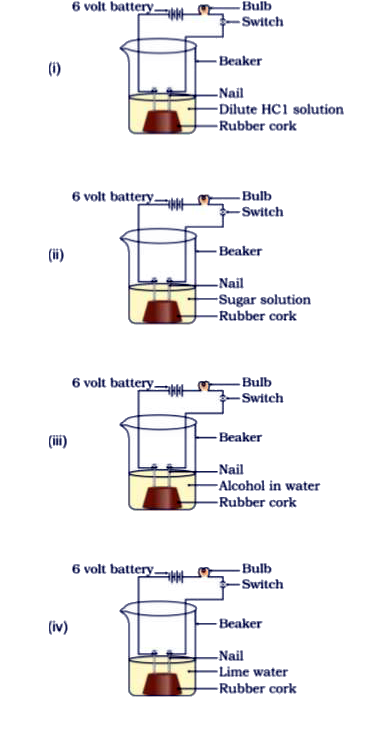
View SolutionGlowing of an electric bulb involves
View SolutionQuestion Stimulus :-
An electric circuit is made using a torch cell, a bulb and copper wires. The bulb does not glow. The reason may be
View SolutionIn an attemp to demonstrate electrical conductivity through an electrolyte, the apparatus set up is given. Which among the following statement (s) is (are) correct ?

(i) Bulb will not glow because electrolyte is not acidic
(ii) Bulb will glow because HCl is strong acid and furnishes ions for conduction.
(iii) Bulb will not glow because circuit is incomplete
(iv) Bulb will not glow because it depends upon the type of electrolytic solution
View Solution
